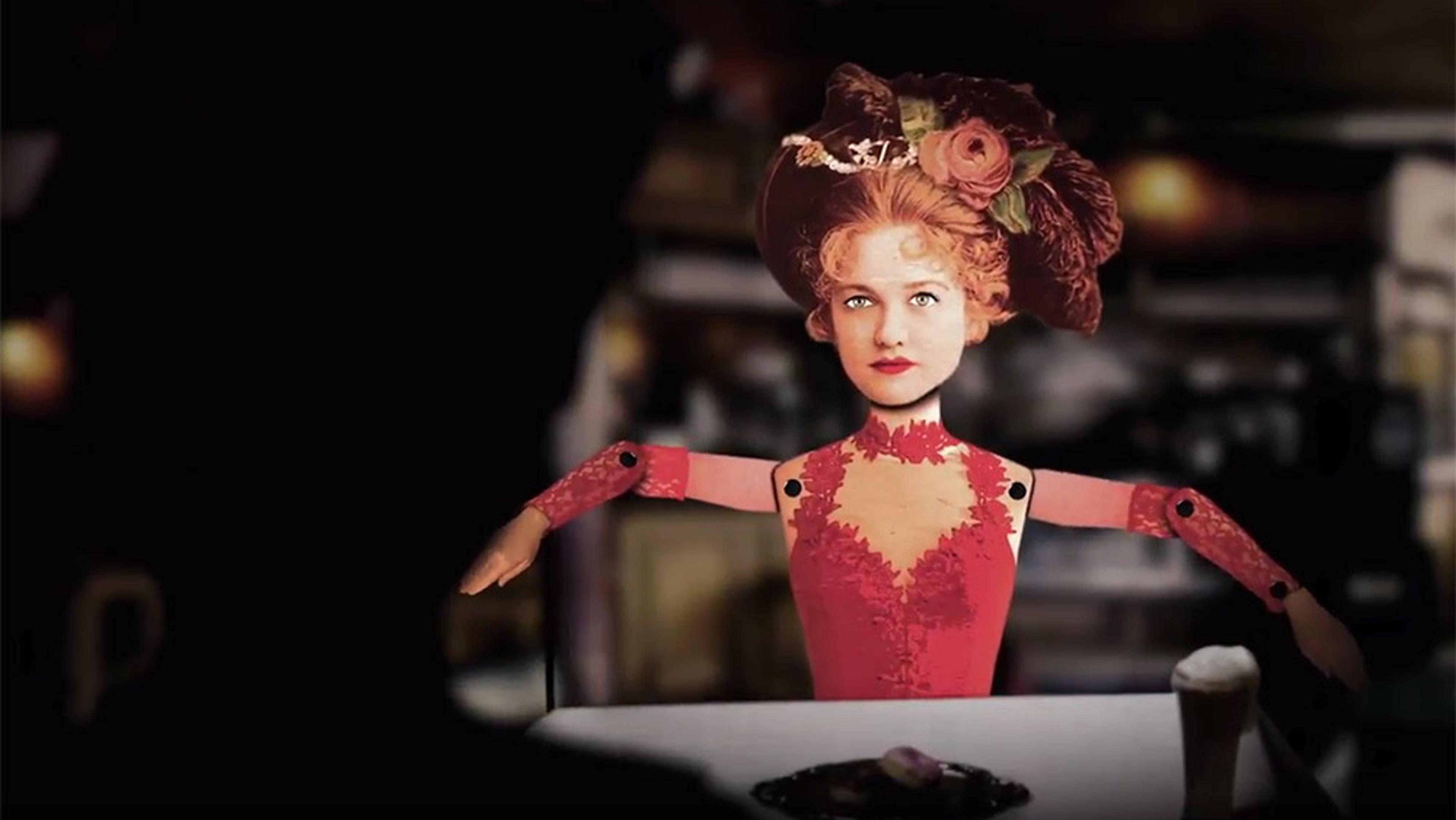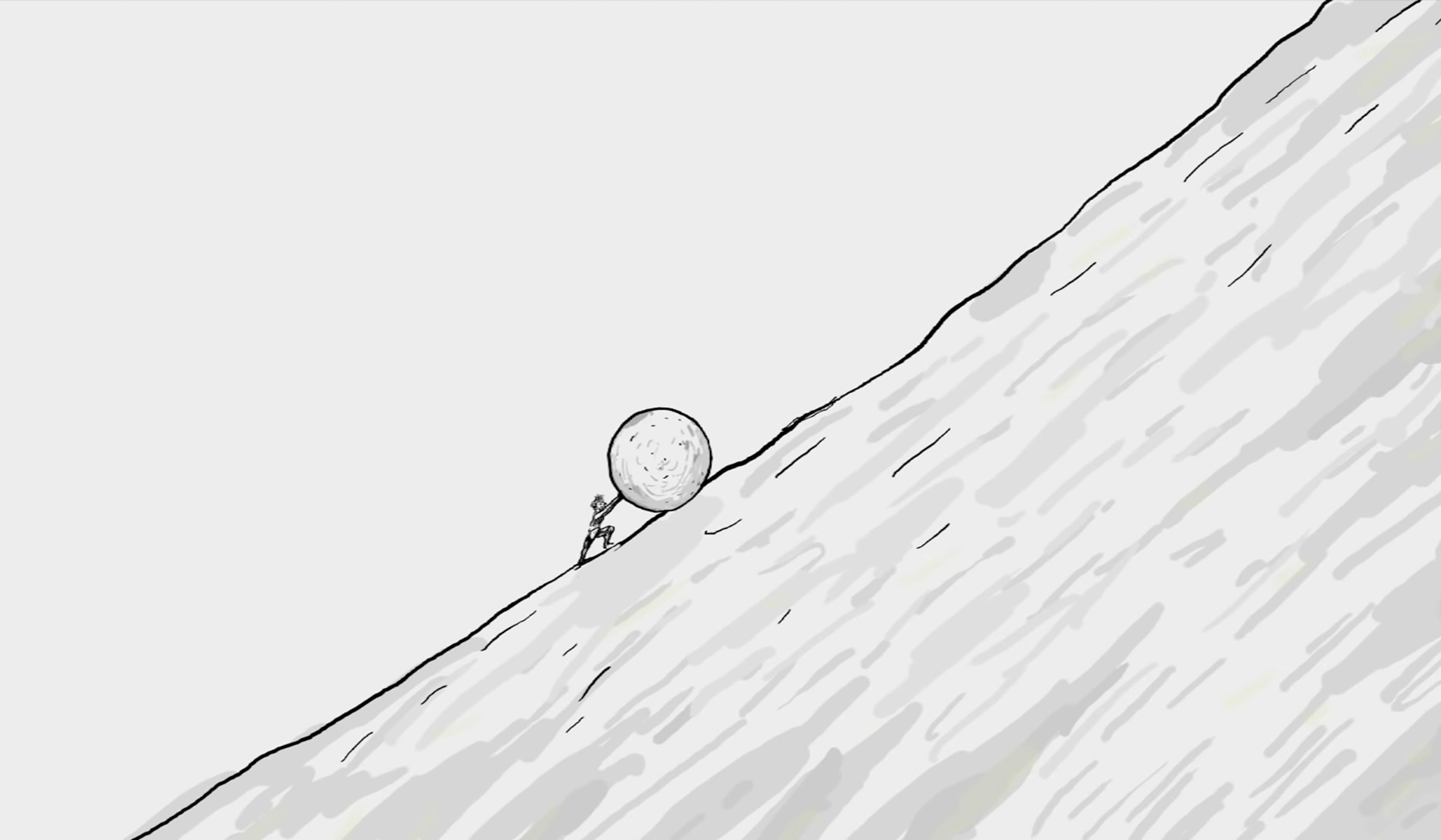Although his master’s thesis on the topic was rejected by the University of Chicago’s anthropology department, it’s hard to discount the acuity of the US writer Kurt Vonnegut’s theory of ‘story shapes’. This archival video features Vonnegut using a chalkboard and his famous deadpan wit to map out three highly familiar narrative arcs that seem to have lost none of their popularity despite countless iterations. He addressed story shapes at greater length in his essay collection A Man Without a Country (2005). The US graphic designer Maya Eilam later adapted his archetypes into a series of handy infographics, which can be viewed at her website.
Are certain familiar narrative arcs inherently appealing?
Image from A Man Without a Country

videoHistory of ideas
Is reboot culture out of control? Or are we kidding ourselves that anything is original?
5 minutes

videoStories and literature
A story is like a black box – you put the reader in there: George Saunders on storytelling
7 minutes

videoFilm and visual culture
‘What’s going on?’ How seeking meaning is futile in the Coen Brothers’ universe
8 minutes

videoPleasure and pain
Spoiler alert: does knowing how it ends make fiction more fun?
4 minutes

videoStories and literature
A beautiful woman dies and a man feels bad: why crime fiction needs a new MO
2 minutes

videoFilm and visual culture
Why do we crave the awful futures of apocalyptic fiction?
5 minutes

videoNeuroscience
On the ‘beholder’s share’ – how past experience influences our perception of art
5 minutes

videoMeaning and the good life
Albert Camus built a philosophy of humanity on a foundation of absurdity
6 minutes

videoSocial psychology
How gang violence is American violence: it shows alienation at all social levels
5 minutes